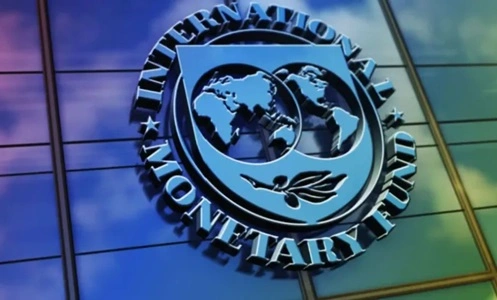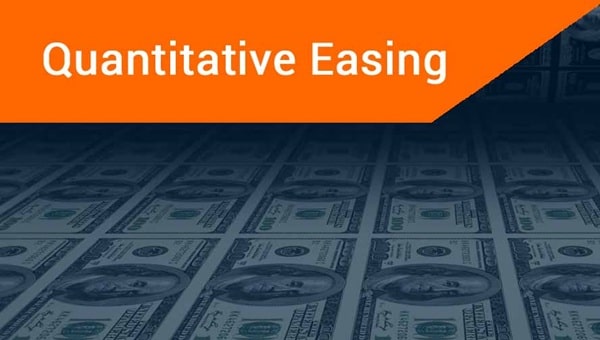The International Monetary Fund (IMF) has maintained its projection for India’s economic growth at 6.5% for the fiscal year 2024-25 (FY25), aligning with its earlier forecasts. This decision comes despite a more pronounced slowdown in industrial activity than previously anticipated.
Economic Projections and Global Context

In its latest World Economic Outlook update, the IMF stated, “In India, growth is projected to be solid at 6.5% in 2025 and 2026, as projected in October and in line with potential.” This forecast positions India as the fastest-growing major economy globally, even amid ongoing geopolitical tensions and global policy uncertainties.
The IMF’s forecast aligns with the World Bank’s projection, which also estimates India’s GDP growth at 6.5% for FY25. However, the World Bank anticipates a slight uptick to 6.7% in the subsequent fiscal year.
Industrial Slowdown and Economic Implications
Recent data from the National Statistics Office (NSO) indicates that India’s economy is expected to expand by 6.4% in the current financial year, marking the lowest growth rate in four years and a significant decline from the 8.2% recorded in 2023-24. This deceleration is largely attributed to a sharper-than-expected slowdown in industrial activity.
The manufacturing sector, a critical component of India’s industrial landscape, has faced challenges due to subdued domestic demand and global supply chain disruptions. Additionally, the Index of Industrial Production (IIP) contracted for the first time since October 2022, reflecting broader economic challenges.
Calls for Policy Intervention
The noticeable slowdown in growth has prompted economists and industry experts to advocate for measures aimed at stimulating consumption and investment. Persistent inflationary pressures have impacted consumer spending, leading to calls for the Reserve Bank of India (RBI) to consider monetary policy adjustments, including potential interest rate cuts, to invigorate economic activity.
The upcoming Union Budget is anticipated to introduce initiatives designed to boost consumption and investment. Finance Minister Nirmala Sitharaman has indicated that the government is committed to sustaining economic momentum, stating, “The coming decades will be defined by how effectively India manages its demographic dividend, strengthens its global partnerships, and navigates the complexity of a rapidly changing world.”
Inflation and Monetary Policy Outlook
The IMF projects that India’s headline inflation will decline to 3.5% by the end of 2025, below the average of 3.6% observed from 2000 to 2019.
This anticipated easing of inflationary pressures may provide the RBI with the flexibility to adjust monetary policy in support of growth.
RBI Deputy Governor Michael Debabrata Patra has expressed optimism about India’s growth trajectory, projecting a return to an 8% growth trend in the coming years. He emphasized the importance of leveraging India’s youthful population and economic resilience, stating, “I do believe with all the strength of my conviction that India’s time has come.”
Global Economic Environment
The IMF’s global economic outlook remains cautious, with projections of steady growth at 3.2% for both 2024 and 2025. While advanced economies face challenges such as policy uncertainties and geopolitical tensions, emerging markets like India are expected to contribute significantly to global growth.
Conclusion
Despite facing internal and external challenges, India’s economic fundamentals remain robust. The IMF’s consistent growth forecast of 6.5% for FY25 reflects confidence in India’s ability to navigate current obstacles. However, proactive policy measures focusing on stimulating consumption, enhancing industrial productivity, and maintaining price stability will be crucial to achieving these growth targets and ensuring sustainable economic development.

